Contacting Industry (Agents/Managers/and More) On-line
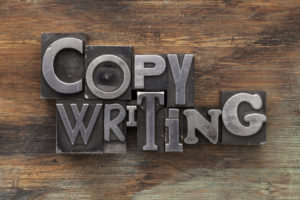
Let's start again with the premise that shorter is better. Long, drawn out explanations about you, what you offer, the reasons why you became an actor, and why you are a perfect fit for this job, agent, role, etc. won't get read. Cover letters are out. Cover notes are in. But you still need to communicate all of the above. How? By shifting your approach in a huge way so you get your message across quickly.
The goal of “regular” writing for most communication is to inform or entertain. Newspapers, magazines, fiction and non-fiction novels.
The goal of copywriting for ANY business is to get people to do something, to take action or at the very least take notice.
In essence your message is the copywriting part of your campaign to attract a rep, introduce yourself to a casting office or other industry contact, and these days it's likely this will be done on-line. But don't worry, I'm still a fan of hard copy mailing and follow ups, as are a lot of other industry professionals. This works for both of these formats.
There are 6 steps of an effective copywriting process:
- Research – who they are, their wants and needs, their past experiences.
- Determine of the goal of the message
- First Draft
- Revise, rearrange.
- Send
- Constant Follow up
By the way if you don't have the answers to what you offer, why you're a perfect fit for a job, agency, etc. or they “why” you're an actor in the first place, I urge you to go back and read some of my previous posts on these subjects. In essence a note that you send should not be about what you want but what you provide. And the key to it all is why you're a fit and in alignment with what the other person is looking for. Do your homework first and writing the note will be easy.
“You don’t stand a tinker’s chance of producing successful advertising unless you start doing your homework. I have always found this extremely tedious, but there is no way around it.”
— David Ogilvy – Father of modern advertising (lived until 1999…created Ogilvy and Mather in 1949…the most powerful ad agency and still is today…seen it all, through the early internet)
David Ogilvy had the task to do copy writing for a Rolls Royce ad. He spent three weeks reading about it before he came up with the headline and the rest of the copy. In emails, think of your subject line as your headline.
While he was talking about traditional advertising, it equally applies to your doing research on the people you are communicating with. This is the number ONE mistake actors make in this area. No research. By the way, unlike David Ogilvy, I believe this can be a ton of fun. Learning about how other people got to where they are, their likes and dislikes, taking notice of another person's life…I find it extremely interesting and delightful!
In marketing, it's your job to figure out why people need you, how they need you (casting directors are different than agents are different than producer/writers, etc), what they need you for SPECIFICALLY, and what really matters to THEM. If you don’t have this figured out, you really cannot write a message that will be meaningful and therefore it's a waste.
You have to interview people. Find out what they think about your kind of your product, what language they use when they talk about it, what attributes are important to them, and what skills, talents, and unique qualities would most likely convince them to choose you.
Take these answers and then give them bullet points. My template for a great, short note accompanying a submission for a rep or for a gig is this:
Salutation – this is an acknowledgement of them, the person you're writing to. “Congratulations on 10 years as a agent”, or “I loved the article your wrote in Backstage”, or “I so appreciated your comments at that discussion panel”. Acknowledging them puts them in the right mindset to receive what you write next and creates an immediate connection.
Bullet Points or 2 to 3 short sentences – “I'm new to LA after 10 years as an actor in Dallas” and “I play witty, sarcastic, quirky, girl next door types” and “My last audition with CD so-and-so resulted in a callback”. There literally are a million variations on what could be written here to describe what you're offering. Everything else is on your resume so there's no need to repeat that info here.
Closing – This is your request for a meeting, a thank you for reviewing your materials, or an invitation to your show. Again, it has to contain the request for the action you wish for them to take.
This copywriting, done correctly, will speed the process of you connecting to representatives and other industry because it will get read! I can tell you, because you already know, that when someone opens an email or letter and they are busy, which we all are, then something short and sweet that looks like it will take 10 seconds to read will get read. Something that, at a glance, has paragraph after paragraph and seems like it's going to take longer, won't get read. And honestly if they have the time to read it, they're not busy enough and you'll hear crickets chirping when you meet up with them!
This is the way of the world in the business of show right now. Adaptation is key. Shorter is better.
Your comments? Please let me know below! As always, here's to your success!

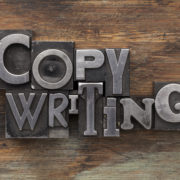

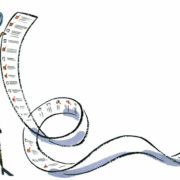
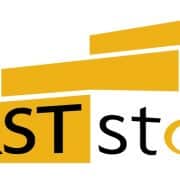
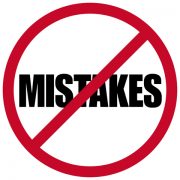







Thank you for this important information. I haven’t written a cover note or just a note in a long time. I have to follow up with my castings and bookings. I will apply your suggestions.
Hey Jay, way to take ACTion. Glad you are inspired to do so. If you can become consistent, you’re results will manifest more quickly…guaranteed!
Great stuff Lisa. I always get too deep in my own head about how to go about cover letters, follow-ups, etc. You broke it down really clear & concise. Definitely useful information.
Wonderful Schylar. Yes, useful information…but not useful unless, well, used! Let me know how applying anything you’re learning and putting in action goes for you. And how it feels in the process…